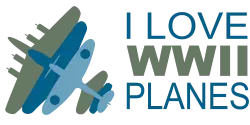The Futuristic Gun Turrets of the B-29 Superfortress – Ahead of its Time
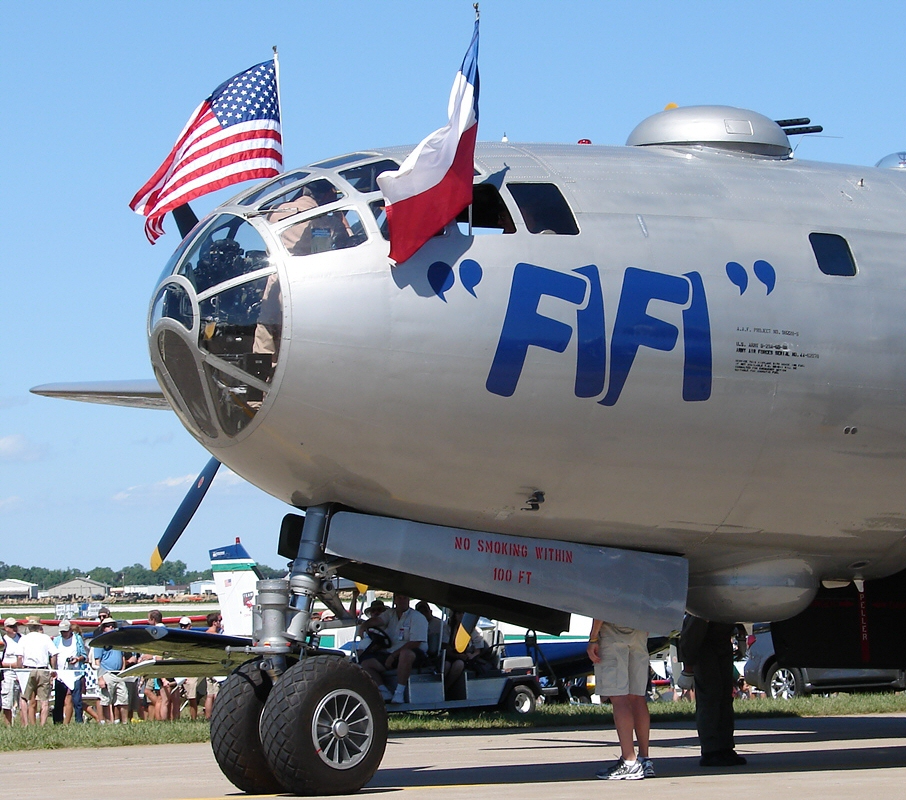
It was hoped that the Boeing 17 Flying Fortress bomber could defend itself against enemy interceptors with its and guns and turrets, without the need for a fighter escort on large, long-range bombing runs.
The B-17 was armed to the teeth, packing 13 .50 caliber machine guns in 9 different positions around the aircraft; it wasn’t called the Flying Fortress for nothing! It was built in huge numbers (over 12,000), so huge amounts of them could be taken on raids and create a deadly field of fire for an attacking enemy fighter.
However, as time would tell, this was not enough to protect the bombers and their crews.
The formations still required fighter escorts, which until the arrival of the P-51 Mustang in 1943, were not able to accompany the bombers for the entire mission due to a lack of range, leaving them vulnerable for a lengthy portion of the attack.
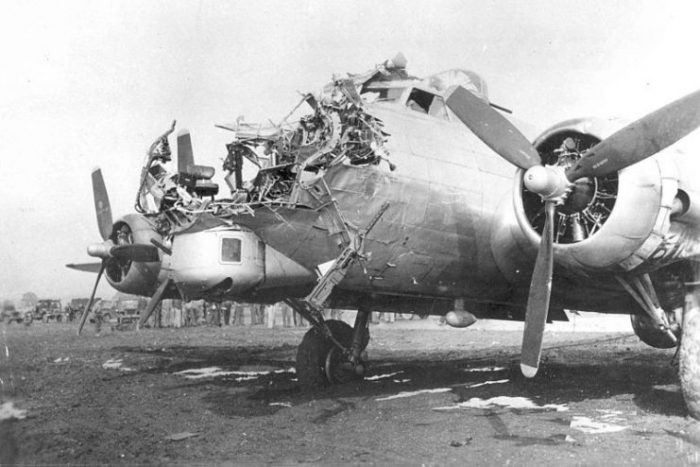
Still, attacking a bomber formation was dangerous work, especially after the adoption of the ‘combat box’, a specific formation that caused every aircraft to be covered by others in their formation.
Adjusting to this, German pilots began strafing the bombers at high speeds, instead of targeting a single plane. It was also found that attacking the front of a B-17 saw more success, as there were less guns, and from that position the pilot and co-pilot weren’t protected by the armor behind them.
Even damaging a single engine could prove fatal as the wounded flyer’s slower speed would cause it to fall out of formation, making it easy prey for even the most incompetent pilot.
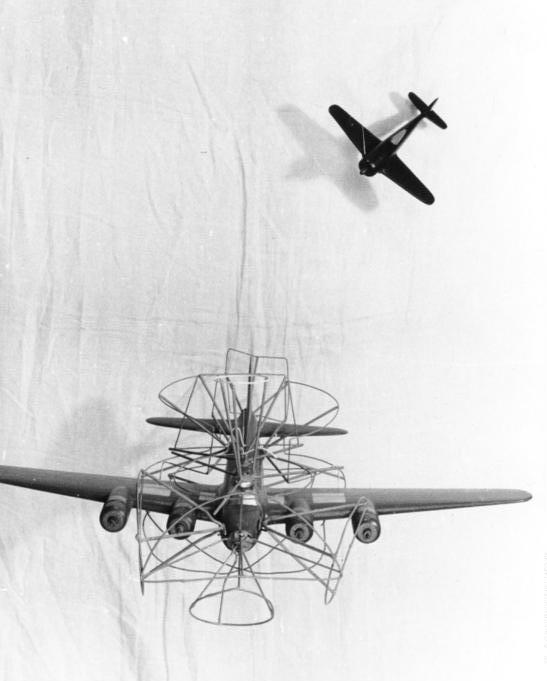
An example of the high casualty rate B-17s faced is the second raid on Schweinfurt – October 19, 1943. During the bombing run, 60 B-17s were destroyed and 138 damaged in an air raid composed of nearly 291 bombers.
Fighter escorts improved bomber survival, but they were still vulnerable to enemy aircraft, and flak became a bigger issue due to the strict combat box formations.
Since the late 1930s, Boeing had been working on a top secret, revolutionary new bomber. This bomber was designed from the start to be pressurized, possessing extremely long range and a bomb load more than anything built before it. This aircraft would enter service in 1944 as the B-29, and would be the most advanced aircraft of the war.
It was subject to a lengthy and expensive development thanks to its complexity, eventually costing significantly more than even the Manhattan Project. Production didn’t start until 1943, so less than 3,000 were build before the wars end.

The B-29 was the pinnacle of 1940s technology, able to fly at 32,000 ft at 350 mph, and carry a maximum bomb load of 20,000 lbs (9,100 kg), while the crew were far more comfortable in the pressurized cabin than in the B-17. Importantly, it had an incredible non stop range of 5,600 miles. Its massive range capabilities meant it was better suited for the Pacific Theater, where the distances bombers needed to travel were far greater than in Europe.
It was more advanced than the B-17 in every single way, including its defences. The B-29 featured 5 gun turrets, each containing two .50 caliber machine guns. These turrets were controlled by a cutting edge fire control computer, operated by gunners in 5 sighting stations throughout the aircraft.
A gunner sat in a sighting station would hold the target in the gun sights momentarily to calculate the range and speed of the target. Once this was known, the fire control system would then adjust the aim of the gun turret, taking into account airspeed, humidity, gravity, position difference between the guns and sights, and lead required to hit the target.
The remotely operated nature of the system meant any gunner could fire any gun from any position. Alternatively, a single gunner could command all turrets at once, greatly increasing the volume of fire on the target. A fire control officer managed the system with override switches.
This system was massively more affective than the manually aimed guns in aircraft like the B-17 and B-24, and was considered good enough to protect the aircraft without a fighter escort, with Major General Curtis LeMay commenting “These big boys can take care of themselves.”
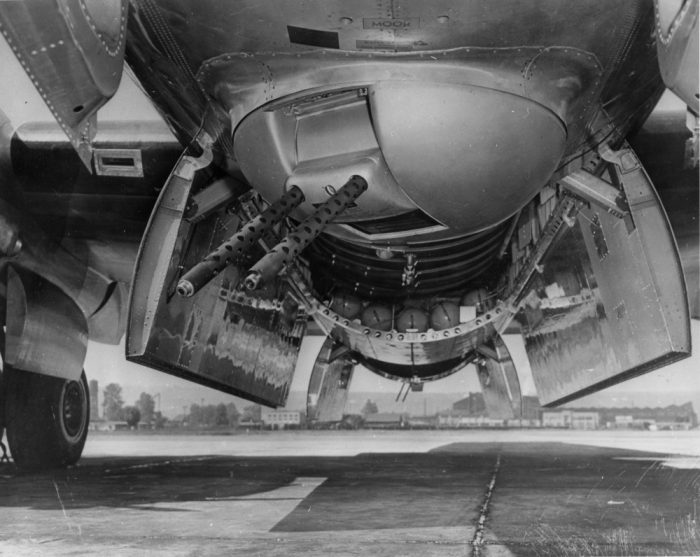
To maintain pressurization, the turrets were kept sealed off from the crews in the air, so they needed to be entirely self sufficient. The computer would prevent the guns from firing if they were aiming at the aircraft itself, like the wings and tail, and if the guns jammed, the system was able to clear it independently.
The crew operated these turrets in the warmth and comfort of the pressurized fuselage, meanwhile B-17 gunners were exposed to freezing temperatures, manually aiming and leading targets themselves.
The B-29s defence system was clearly far more advanced than the B-17s, but was it more affective?
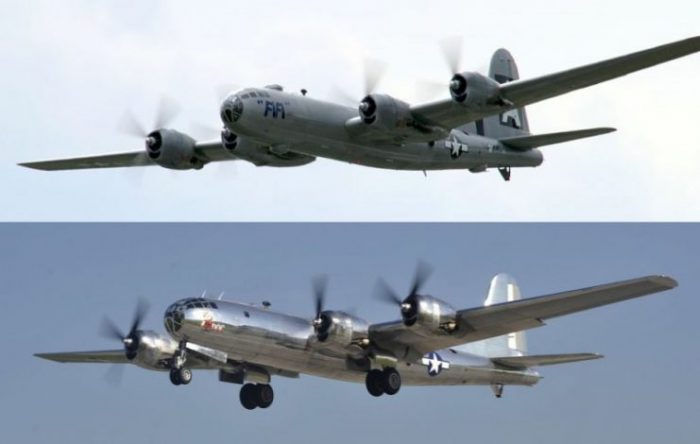
Fortunately for B-29 crews, few skilled pilots remained late in the war to try and challenge them, but this makes a direct comparison to the B-17’s defensive effectiveness difficult.
A few rough comparisons can be made however. During the previously mentioned Schweinfurt raid, 18 fighters were shot down for a loss of 60 bombers. In other words, for every downed fighter, three bombers were lost.
In the Pacific, a single B-29 flying over Tokyo shot down 12 enemy fighters. Another report states a B-29 survived a 275 mile battle against 80 Japanese aircraft, downing 7 of them.
Admittedly, these comparisons are vague, and there are plenty of variables involved, but it shows the B-29 was clearly capable of defending itself at least against Japanese aircraft.

Whether a Flying Fortress or a Superfortress, the era of massive propeller-based bombing runs was coming to an end. Already, at the B-29’s entry into the war, the Luftwaffe unleashed the first jet engines into combat.
Another Article From Us: The B-25 Mitchell in 21 Photos
The B-29 was a milestone in aviation, opening the door to the future of aircraft development. However this was irrelevant to the crews that flew these machines, who just wanted to complete their missions and return home. For them, the B-29 was an aircraft they could trust to do just that.
